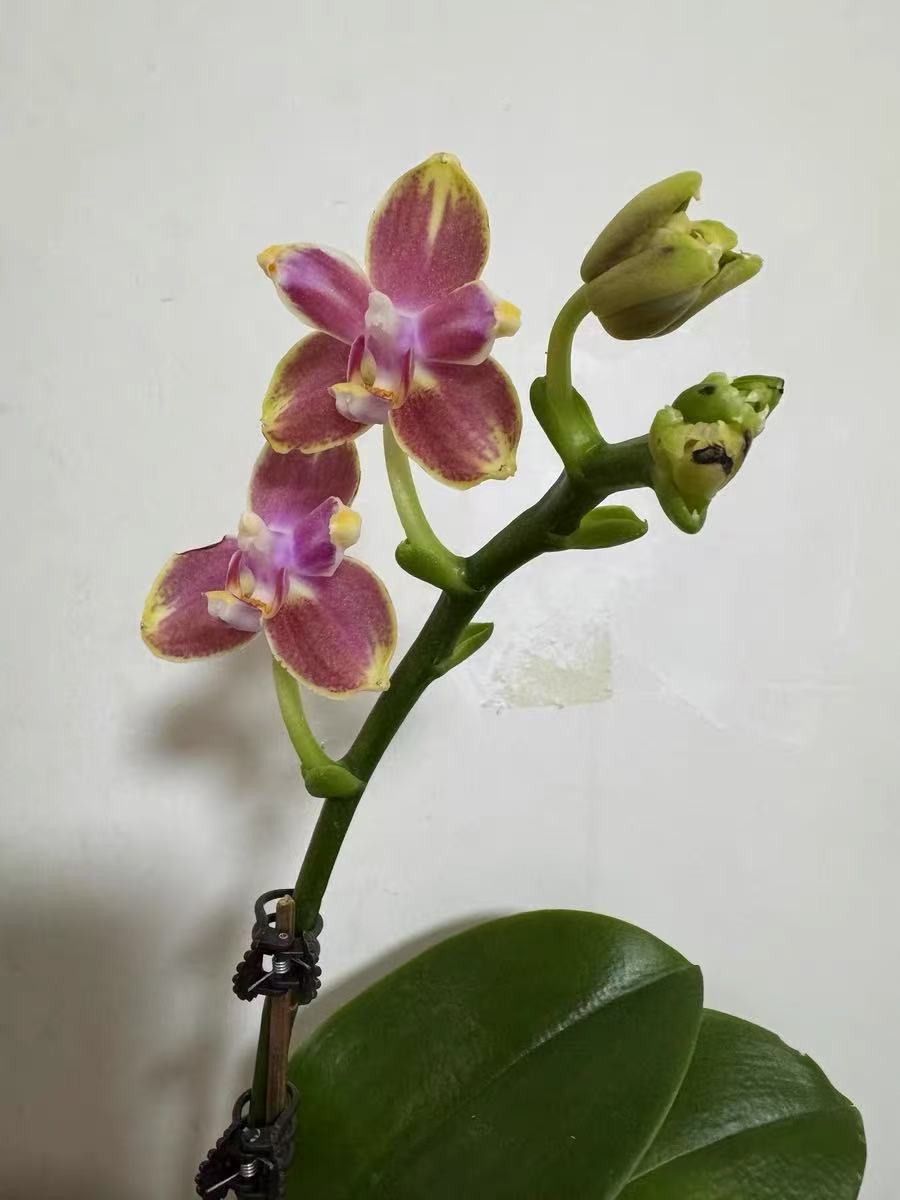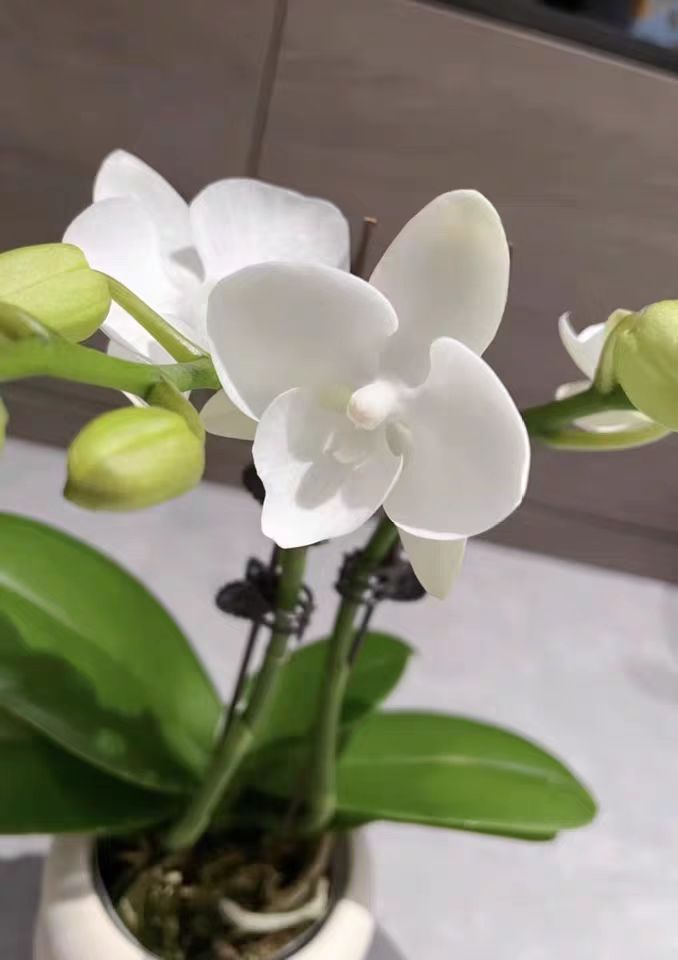As an orchid variety that prefers warmth and is afraid of drought, fertilization is a crucial step in the process of caring for Phalaenopsis. However, over - fertilizing often brings unexpected negative impacts to Phalaenopsis.
Symptoms of over - fertilizing Phalaenopsis:
Leaf changes: Over - fertilizing first leads to obvious changes in the leaves. Excessive nutrient salts can cause the leaves to turn yellow and the leaf tips to wither. This is because there is an excess of nutrients in the soil, which the plant cannot fully absorb and utilize.
Root damage: The roots of Phalaenopsis are very sensitive to the concentration of fertilizers. Over - fertilizing can burn the roots, resulting in root rot and death. Once the roots are damaged, the plant's ability to absorb water and nutrients decreases, further affecting its overall growth.
Growth obstruction: Over - fertilizing also affects the photosynthesis of Phalaenopsis, leading to slow growth. At the same time, excessive nitrogen fertilizers can cause Phalaenopsis to grow too many leaves while inhibiting the formation of flower buds. As a result, the Phalaenopsis grows vigorously but cannot bloom, losing its ornamental value.
Pest and disease breeding: Excessive nutrients accumulate in the soil, making it easy to breed bacteria and pests, thus causing problems such as root rot, yellowing of leaves, and withering, which seriously affect the growth and health of the plant.
Remedial measures for over - fertilizing Phalaenopsis:
Stop fertilizing in a timely manner: Once symptoms of over - fertilizing are detected in Phalaenopsis, stop fertilizing immediately to prevent the situation from deteriorating further.
Water appropriately: Appropriate watering can accelerate the loss of soil nutrients and help the plant return to a normal growth state. However, be careful not to over - water to avoid waterlogging in the roots.
Replace the soil: For Phalaenopsis that has been severely affected by over - fertilizing, the soil needs to be replaced. When replacing the soil, remove the rotten roots to provide a better growth environment for the plant.
Adjust the fertilization plan: In the subsequent maintenance process, adjust the fertilization plan according to the growth stage and condition of Phalaenopsis. Generally, during the growth period, a compound fertilizer with a balanced ratio of nitrogen, phosphorus, and potassium can be applied in an appropriate amount. Before and after the flowering period, phosphorus and potassium fertilizers should be increased to promote flower bud differentiation and flower opening. At the same time, pay attention to observing the growth of the plant and adjust the amount and type of fertilizer in a timely manner.
Scientific maintenance: In addition to precise fertilization, scientific maintenance is also an important measure to prevent fertilizer damage. Maintaining appropriate lighting, temperature, and humidity conditions, ventilating regularly, and reducing the occurrence of pests and diseases are all helpful for improving the stress resistance of Phalaenopsis and reducing the risk of fertilizer damage.
In conclusion, over - fertilizing Phalaenopsis will bring a series of negative impacts, but as long as remedial measures are taken in a timely manner, it can help the plant return to normal growth. During the maintenance process, we should focus on scientific fertilization and careful care to make Phalaenopsis bloom with the most beautiful flowers.
What are the symptoms of over - fertilizing Phalaenopsis?

Share with
Tagged in :




Leave a Reply